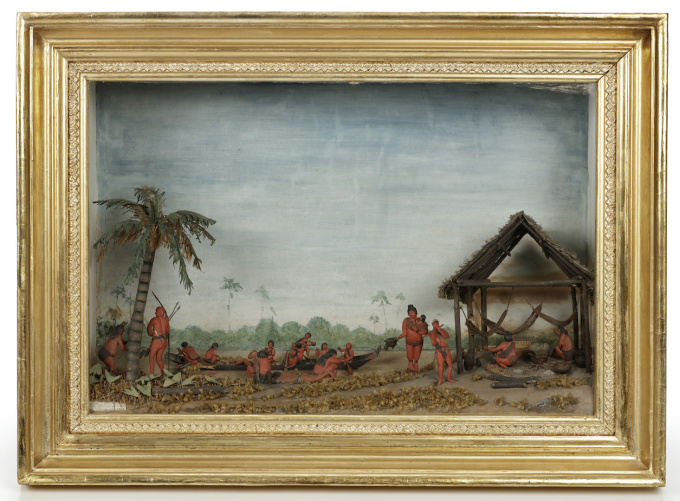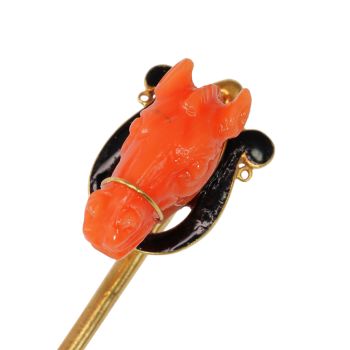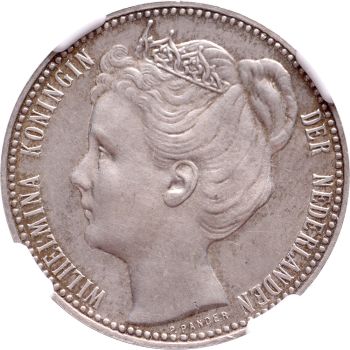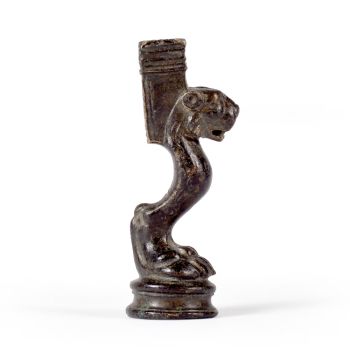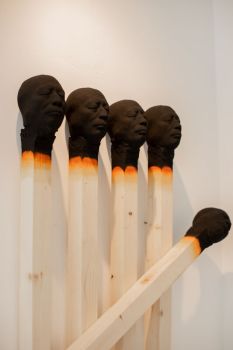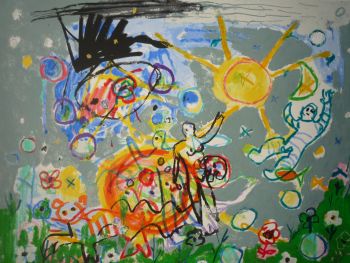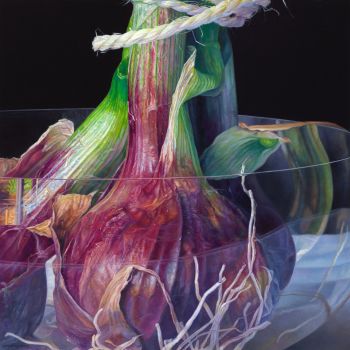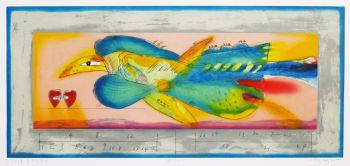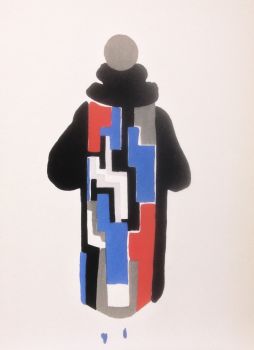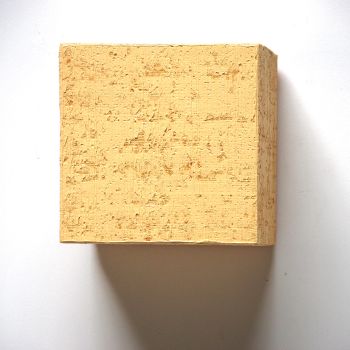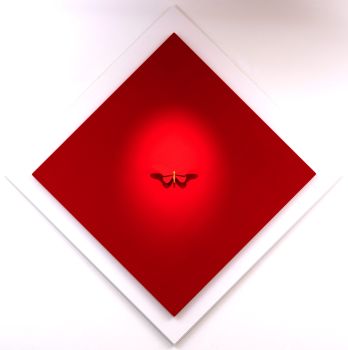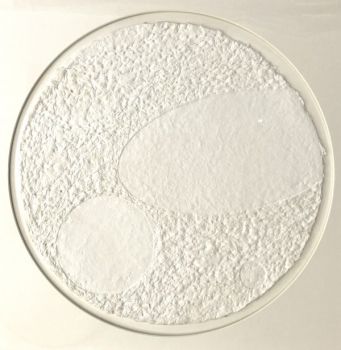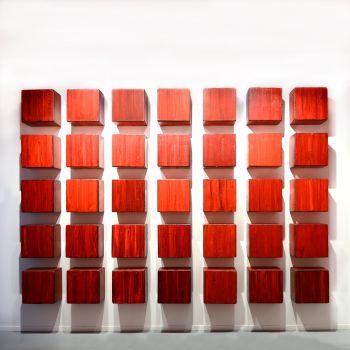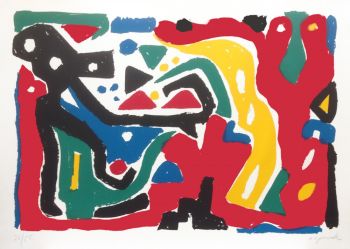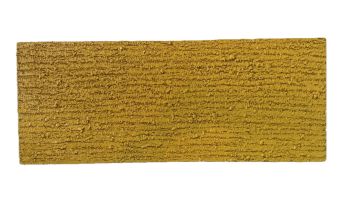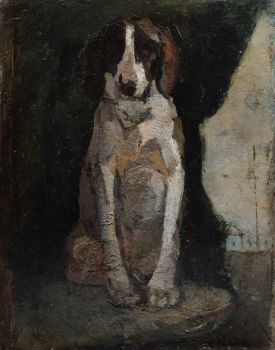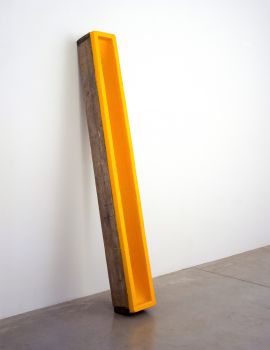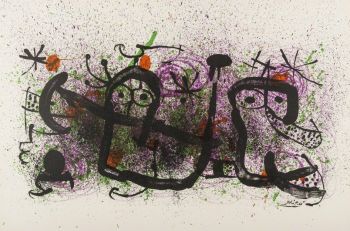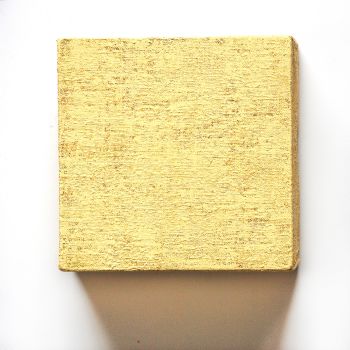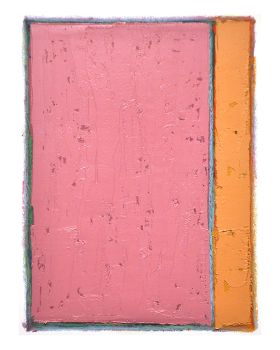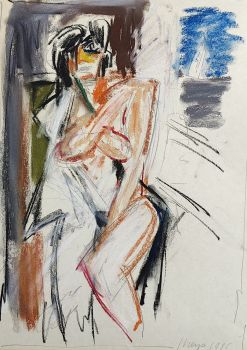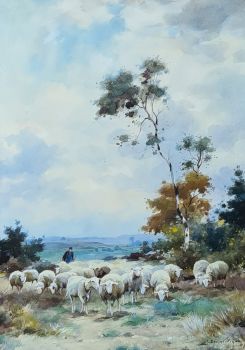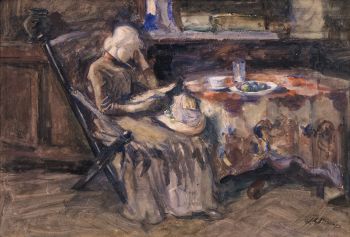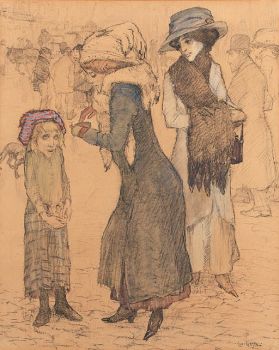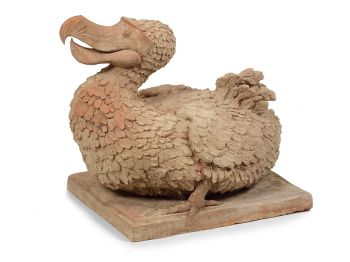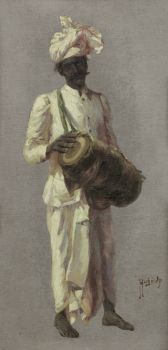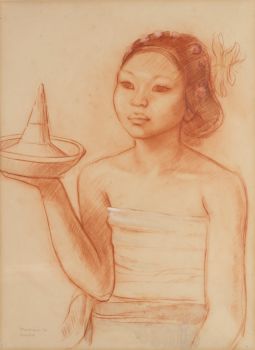Un diorama unico raffigurante indigeno caraibico sul lato del fiume 1810
Artista Sconosciuto
CartaLegna
Attualmente non disponibile tramite Gallerease
Zebregs & Röell - Fine Art - Antiques
- A proposito di opere d'arteHENDRIK SAMUEL SCHOUTEN (1785-1840)
A unique diorama depicting Carib Indigenous at the river side
Wood, paint on paper, twigs and dried moss
H. 51 x W. 69.5 x D. 20 cm
Note:
This is the only known diorama by Hendrik Schouten. He became a planter and inherited the Jagtlust plantation from his grandfather Samuel Loske. His older brother Gerrit Schouten (1779-1839) became the well-known artist who made over forty diorama’s, many now in museum collections in the Netherlands and Surinam, and numerous botanical and zoological watercolours of Surinam, most of them now in the Royal Horticultural Society in London. The earliest known diorama by Gerrit Schouten is dated 1810, so one year after this diorama by Hendrik. It is tempting to assume that this first and only diorama by his younger brother was the occasion that started Gerrit to make diorama’s. Gerrit Schouten’s diorama’s of Indigenous camps differ from this one in that Hendrik also used natural materials such as moss and small twigs while Gerrit made everything of papier-mâché, Hendrik’s figures are flatter than Gerrit’s.
Gerrit’s diorama’s of Indigenous camps are always viewed from the river towards the camp and his figures are almost always facing the observer while in this diorama most figures, together with the observer, look towards the river. The present diorama is described and illustrated in the exhibition catalogue Gerrit Schouten (1779-1839), botanische tekeningen en diorama’s uit Suriname, Clazien Medendorp 1999, p. 134-135 and was included in the exhibitions in Het Tropenmuseum Amsterdam and Het Surinaams museum Paramaribo in 1999. - A proposito di opere artista
Può succedere che un artista o un creatore sia sconosciuto.
Alcune opere non sono determinate da chi sono state realizzate o sono state realizzate da (un gruppo di) artigiani. Esempi sono statue dell'antichità, mobili, specchi o firme non chiare o leggibili ma anche alcune opere non sono affatto firmate.
Inoltre puoi trovare la seguente descrizione:
•"Attribuito a …." A loro avviso probabilmente opera dell'artista, almeno in parte
•“Studio di ….” o “Officina di” A loro avviso un'opera eseguita nello studio o nella bottega dell'artista, eventualmente sotto la sua supervisione
•“Cerchio di…” A loro avviso un'opera del periodo dell'artista che mostra la sua influenza, strettamente legata all'artista ma non necessariamente al suo allievo
•"Stile di..." o "Seguace di..." A loro avviso un'opera eseguita nello stile dell'artista ma non necessariamente da un allievo; può essere contemporaneo o quasi contemporaneo
•“Modalità di…” A loro avviso un'opera nello stile dell'artista ma di epoca successiva
•"Dopo …." A loro avviso una copia (di qualsiasi data) di un'opera dell'artista
•“Firmato…”, “Datato…” o “Iscritto” A loro avviso l'opera è stata firmata/datata/inscritta dall'artista. L'aggiunta di un punto interrogativo indica un elemento di dubbio
•"Con firma....", "Con data...", "Con iscrizione..." o “Riporta firma/data/iscrizione” a loro avviso la firma/data/iscrizione è stata aggiunta da qualcuno diverso dall'artista
Sei interessato ad acquistare questa opera d'arte?
Artwork details
Related artworks
- 1 - 4 / 12
Artista Sconosciuto
UN RARO SADELI INDIANO COMPLETO DI LAVORO E SCRITTURA INTARSIATI1800 - 1850
Prezzo su richiestaZebregs & Röell - Fine Art - Antiques
Artista Sconosciuto
UN NETSUKE IN AVORIO DI UN OLANDESE CHE GIOCA CON UN RAGAZZINO18th century
Prezzo su richiestaZebregs & Röell - Fine Art - Antiques
Artista Sconosciuto
UN NETSUKE MARINO IN AVORIO DI UN OLANDESE CHE TIENE UN FAN . CINESE18th century
Prezzo su richiestaZebregs & Röell - Fine Art - Antiques
Johannes La (le) Blanck
Un set di ampolle d'argento olandese a doppio uso1786
Prezzo su richiestaJacob J. Roosjen SRI
Artista Sconosciuto
UN CONTENITORE PER DOCUMENTI DELLO SRI LANKA IN ARGENTO DORATO19th century
Prezzo su richiestaZebregs & Röell - Fine Art - Antiques
Artista Sconosciuto
UN RARO GRANDE TELESCOPIO GIAPPONESE IN PELLE LACCATA1750 - 1800
Prezzo su richiestaZebregs & Röell - Fine Art - Antiques
Artista Sconosciuto
The Stamford Raffles Secretaires.1800 - 1813
Prezzo su richiestaZebregs & Röell - Fine Art - Antiques
Artista Sconosciuto
COPPIA DI TORCHÈRE O PORTACANDELE IN TEAK INDONESI LACCATI E DORATI18th century
Prezzo su richiestaZebregs & Röell - Fine Art - Antiques
Artista Sconosciuto
UN NETSUKE IN AVORIO DI UN OLANDESE CHE TIENE UN GALLETTO18th century
Prezzo su richiestaZebregs & Röell - Fine Art - Antiques
Artista Sconosciuto
UN PICCOLO NETSUKE IN AVORIO DI UN OLANDESE CON UN TAMBURO1750 - 1800
Prezzo su richiestaZebregs & Röell - Fine Art - Antiques
1 - 4 / 24- 1 - 1 / 1
Artista Sconosciuto
UN RARO SADELI INDIANO COMPLETO DI LAVORO E SCRITTURA INTARSIATI1800 - 1850
Prezzo su richiestaZebregs & Röell - Fine Art - Antiques
Rene Rietmeyer
“NETHERLANDS BRABANT NOVEMBER 2000”2000
Prezzo su richiestaEuropean Cultural Centre Collection
Rene Rietmeyer
TOKYO - Kudan House - January 2021 #042021
Prezzo su richiestaEuropean Cultural Centre Collection
Adrianus Johannes Groenewegen
Schaapsherder met kudde1874 - 1963
Prezzo su richiestaGalerie Het Noorderlicht
1 - 4 / 24Eduard Charlemont
‘Allegories of Africa and America’1872
Prezzo su richiestaZebregs & Röell - Fine Art - Antiques
Carlo Bellini
A terracotta sculpture of a dodo20th century
Prezzo su richiestaZebregs & Röell - Fine Art - Antiques
HUGO VILFRED VON PEDERSEN
Trommelslager 2821900
Prezzo su richiestaZebregs & Röell - Fine Art - Antiques
Theo Meier
“Una donna balinese con offerte”1936
Prezzo su richiestaZebregs & Röell - Fine Art - Antiques
Engelbert Kaempfer
IL LIBRO DI ENGELBERT KAEMPFER1651 - 1716
Prezzo su richiestaZebregs & Röell - Fine Art - Antiques
1 - 4 / 12

